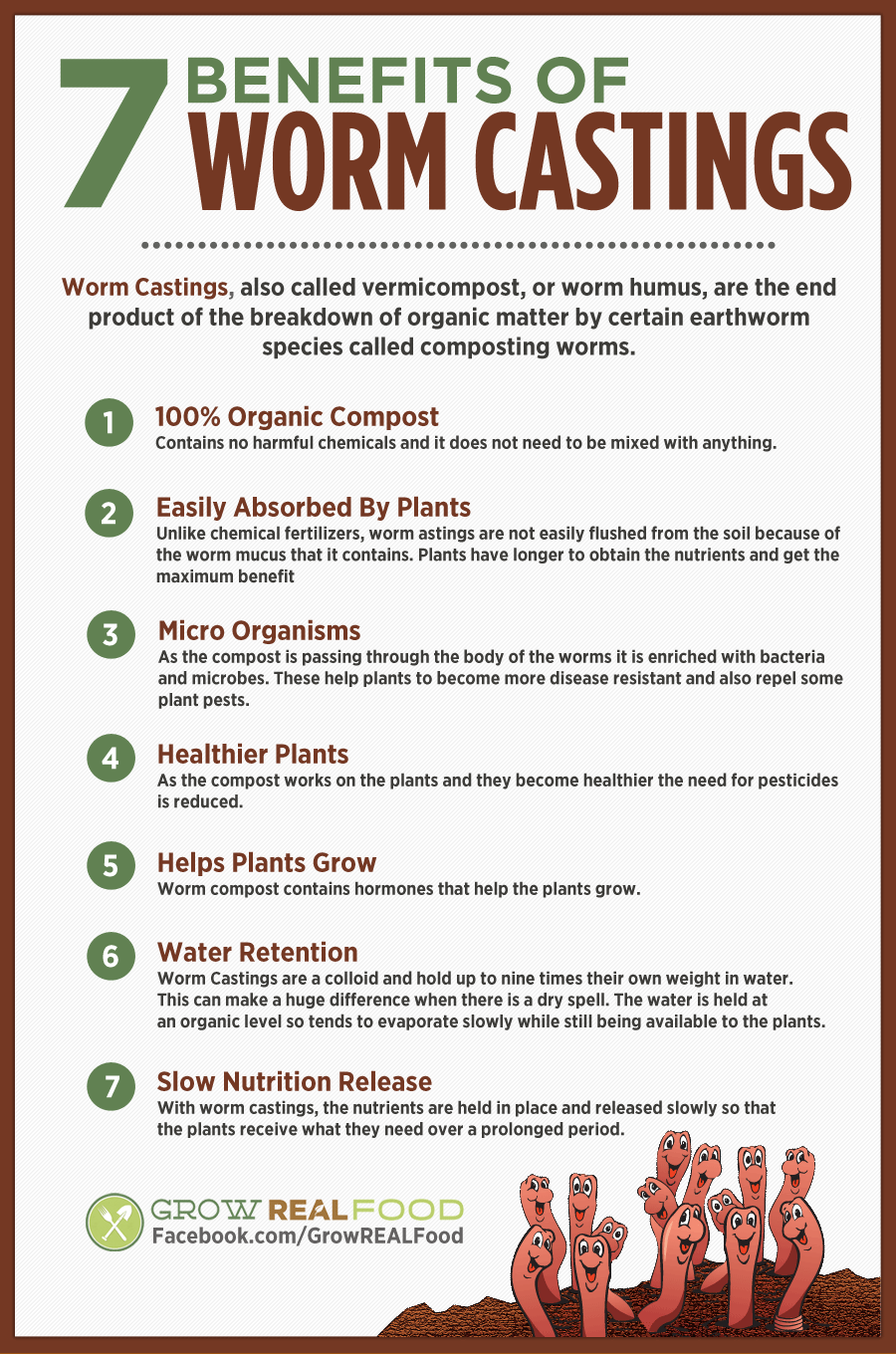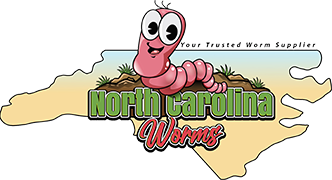The Single Strategy To Use For North Carolina Worms
Table of ContentsNorth Carolina Worms Things To Know Before You Get ThisNorth Carolina Worms Can Be Fun For EveryoneThe North Carolina Worms DiariesThe Definitive Guide for North Carolina Worms
Example: 1-gallon of worm spreadings to 4 gallons of potting mix. 1/2 mug in the bottom of the planting opening for smaller sized plants. 1 mug for larger plants.
The addition of tea can also include boosted microbial biomass to your soil. You can constantly side-dress your plants with worm castings at any kind of time. Just remember, the microbes will pass away if subjected to UV rays (Sunlight), so make certain to cover the spreadings with an inch or two of dirt.
This baffled them for years till the testing approaches progressed. They found that plant development and health showed a Bell Curve. It would certainly improve(with even more castings), level off, and after that decline. They were mystified. They ultimately found that excess plant-growth hormones were the culprit. Too numerous worm spreadings would accelerate the development to a speed that the plant can not recover from.
The smart Trick of North Carolina Worms That Nobody is Discussing
Many herbicides work with this same principle. So, 20% by volume seems to be the "Dessert Place". I have expounded the virtues of worm castings for about 2000 words. What about the other side of the coin? Nothing is ideal. Worm spreadings are no various. It takes some time to produce high quality worm castings.
You can acquire them which brings about second. Worm castings certainly cost greater than chemical fertilizers. Worm spreadings are on the less costly end of organic fertilizers. You will certainly need to decide what is more vital. It is very easy to create percentages of worm castings. (50 gallons per year) It is a much harder and really costly investment to generate big quantities of worm spreadings (Lake James Bait).

Developing a healthy dirt may be the best benefit of worm spreadings. We discussed worm spreadings NPK and also the appropriate nutrient evaluation that ought to use to worm castings.
A Biased View of North Carolina Worms
We spoke about some of the downsides linked with worm spreadings. I covered a great deal of product in this post.
The upright burrows are commonly open, although the worms cover the leading with deposit and waste matter. The upright burrows are extremely essential points of entry for quick water seepage right into the soil, particularly in no-till systems. Air-filled porosity is essential in aiding plant origins to prosper. Roots require oxygen for their development, whereas they create carbon dioxide that needs to leave the dirt.
Earthworms raise porosity by 2 systems: (1) by creating permanent burrows, and (2) by boosting soil aggregation. Gathering is enhanced by the mixing of dirt and raw material in the earthworms' intestines. Lake Rhodhiss Bait. These highly secure accumulations are deposited by some earthworms in their burrows, and by others at the surface area of the soil


In one more research study, earthworms were approximated to take in 4 to 10 percent of the top 6 inches of the soil yearly. Soil compaction decreases the porosity of the soil.
6 Simple Techniques For North Carolina Worms
Regular earthworm populaces can easily eat 2 bunches of completely dry matter per acre per year, partially digesting and blending it with soil. The significance of earthworms to blend surface residue with dirt becomes really clear in dirts that do not have any earthworms. Many of our Pennsylvania soils contend least some earthworms, and the effect of their full absence, for that reason, can not be kept in mind.
(https://aurora-directory.com/gosearch.php?q=http%3A%2F%2Fwww.northcarolinaworms.com%2F&x=0&y=0)In these dirts, the formation of topsoil with practical natural matter material did not happen, causing inadequate plant development. As soon as the reason was developed, the government of the Netherlands started a campaign to introduce earthworms. After the introduction of the earthworms, a dark topsoil layer was formed, and plant development raised considerably.
They live primarily from partly decomposed raw material that is currently integrated in the soil. They eat their means via the soil, creating straight burrows that they full of their excrement. These species ingest huge quantities of soil that they combine with absorbed crop residue in their guts. or anecic varieties reside in permanent upright burrows that can be 5 or 6 feet deep.
These species ingest considerable amounts of soil that they mix with digested deposit in their digestive tracts. Their waste matter is mostly deposited at the surface of the dirt.